
We have to start at the very beginning, with the godfather of subtractive synthesis, Robert Moog. The son of an electrical engineer, Bob Moog’s interest in electronic musical instruments started very young. Aged just ten years old, he started building simple radio circuits and other electrical projects, one of which was a three-note electronic organ.
A move to the Bronx High School of Science allowed the teenage Bob to take his interest more seriously, and it was at the tender age of 15 that he built his first Theremin as part of a science fair. Further projects followed, which included more electronic organs and even a Geiger counter, but Bob was utterly captivated by the Theremin, continuing to revise his self-builds as part of a business that he started with his father. This fledgling business called Ramco, was renamed in 1954 to R. A. Moog Co. Yet more Theremins followed but one model, called the 351, offered tone shaping capabilities, setting the direction for much greater things to come.
Moog’s debut modules
It was some ten years later that Moog began collaborations with other like-minded individuals, creating early synthesiser modules that would respond to voltage control. These new technologies gained interest from notable composers and experimental musicians, such as John Cage, and formed the blueprint for what would become the first synthesisers which were released in 1967, branded Models I, II & III. Not only were these the first machines of their kind, but they were also instrumental in the introduction of the word ‘synthesiser’ into the musical landscape (although probably ‘synthesizer’ given the US origin).
この記事は Computer Music の September 2021 版に掲載されています。
7 日間の Magzter GOLD 無料トライアルを開始して、何千もの厳選されたプレミアム ストーリー、9,000 以上の雑誌や新聞にアクセスしてください。
すでに購読者です ? サインイン
この記事は Computer Music の September 2021 版に掲載されています。
7 日間の Magzter GOLD 無料トライアルを開始して、何千もの厳選されたプレミアム ストーリー、9,000 以上の雑誌や新聞にアクセスしてください。
すでに購読者です? サインイン
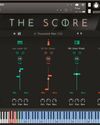
Sonuscore The Score $399 PC MAC
The Score comes up with a film soundtrack based on your stylistic choices, but that’s just the start of it. Andy Jones scores The Score
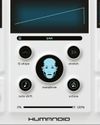
Baby Audio Humanoid $129 PC MAC
Humanoid brings the ‘extreme’ and ‘radical’ to the world of vocals, but is also one of the easiest plugins to use and abuse, says Andy Jones
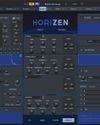
The Synth Factory Horizen $129 PC MAC
A synth/sampler that packs in a lot of power at an almost silly price - despite its low profile, Andy Jones gazes at Horizen...
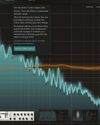
Flow Mastering Suite $15/month PC MAC
Mastering your music just got as easy or as complex as you want. But, Andy Jones asks, is it worth yet another monthly subscription?
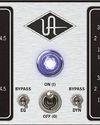
Universal Audio LA-6176 $299 PC MAC
UA has bundled three of its classic emulations into one channel strip. Is this analogue dream your ideal plugin team? Andy Jones finds out
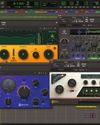
Rack'em up...
IK Multimedia has announced a comprehensive update to its mixing and mastering software, T-RackS, that brings some smart mastering additions
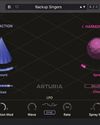
FX Collection 5 €499
Arturia's huge bundle of effects gets its regular update and it's still easily as essential as the company's V Collection
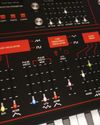
Make a pulsing bass with GForce Axxess
Get mechanical, with a garage-inspired bass patch, which gets right to the pulsing heart of the Axxess synthesiser

The software that shaped us
Computer Music has had a 25-year history, and over the life of this magazine, the technology behind music production has changed beyond recognition. Here are the products that set the stage for the modern world…

PERFECT VIRTUAL GUITAR!
Need a great guitar sound, but lacking any guitar-playing contacts, or the skills to play it yourself? Have no fear, your computer is here! With a few pointers, buying advice and hands-on tips, you and your PC or Mac can emulate the greatest guitarists in the world…